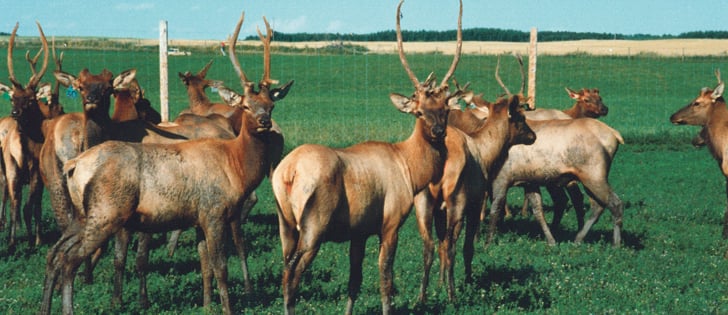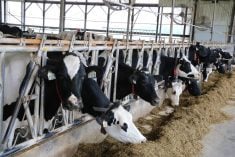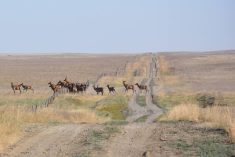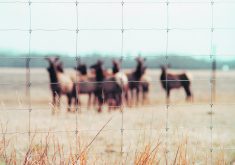EDMONTON — The Alberta elk industry is shrinking at a time when cervid products are in good demand.
The number of elk farms in the province dropped to 162 last year from 391 in 2005.
These reductions in production are coinciding with a period in which meat and velvet antler for the health supplement market are high.
“We can sell the product. People are begging for it but you have to be able to deliver,” said Robert Such of the Alberta Wapiti Products Co-operative.
AWAPCO has 102 members from Alberta and 20 from Saskatchewan. It processes elk for the wholesale market.
Read Also
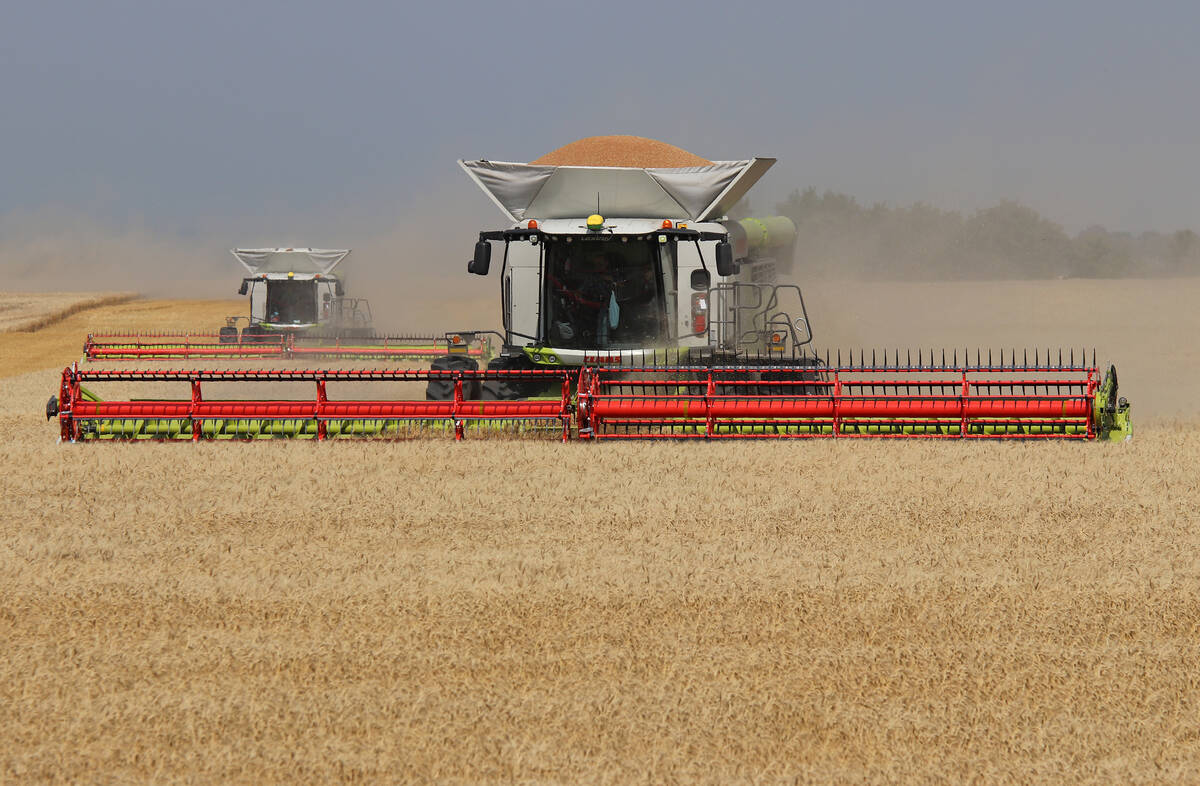
China’s grain imports have slumped big-time
China purchased just over 20 million tonnes of wheat, corn, barley and sorghum last year, that is well below the 60 million tonnes purchased in 2021-22.
“Something has to change and drastically, or we are going to be plateauing and we are going to see the big guys dropping out,” he said at the Alberta Elk Commission annual meeting, held March 24 in Edmonton.
Alberta reported about 12,000 head in the last livestock census. Most farms have 31 to 70 head, and about 30 farms have more than 110 head.
Producers left the business in the early 2000s when they couldn’t make enough money on velvet antler or meat sales. Elk were slaughtered and not replaced, said Connie Seutter, chair of the Alberta Elk Commission.
One reason for optimism is that velvet antler last year was worth $40 to $45 a pound with the average animal yielding at least 20 lb.
“We are feeling encouraged that progress is happening. There was nothing a few years ago. It was just a black hole and we couldn’t see any hope,” she said.
Producers don’t slaughter as many animals when velvet prices are high because they are profiting from a renewable resource.
However, the meat market is gaining strength at about $11 per kg.
“Our meat prices have increased to a point where our people are saying this is reasonable,” she said.
“When the prices for meat are over $10 per kilogram and when they are over $40 a lb. for velvet, you can make money. Your first year is your hardest, but at those prices you can make money.”
The elk business suffers the same challenges as other agriculture sectors with aging producers who have retired or do not want to expand.
Cases of chronic wasting disease created another setback when several large producers had all their animals slaughtered. Federal regulations about compensation, restocking and inspection costs made restocking an unattractive proposition.
CWD closed the lucrative market to Asia, and Canada has been out of South Korea and China for 16 years. However, Seutter is optimistic about a resolution.
South Korea filed a complaint against Canada and has not withdrawn it. China has never banned the product but has not issued import certificates.
There is good domestic demand, but processors are often forced to sell frozen product to fill requests year round, said Jackie Fisher of Canadian Rangeland Elk and Bison at Lacombe, Alta.
The company sells some meat to the United States and the European Union but guaranteed supply is always a problem.
Fisher’s company has developed its own brand and offers ground product and some other cuts in the frozen food section of grocery stores. The company works with Federated Co-op to make ground elk and burgers available on shelves from Vancouver Island to Winnipeg.
Contact barbara.duckworth@producer.com


